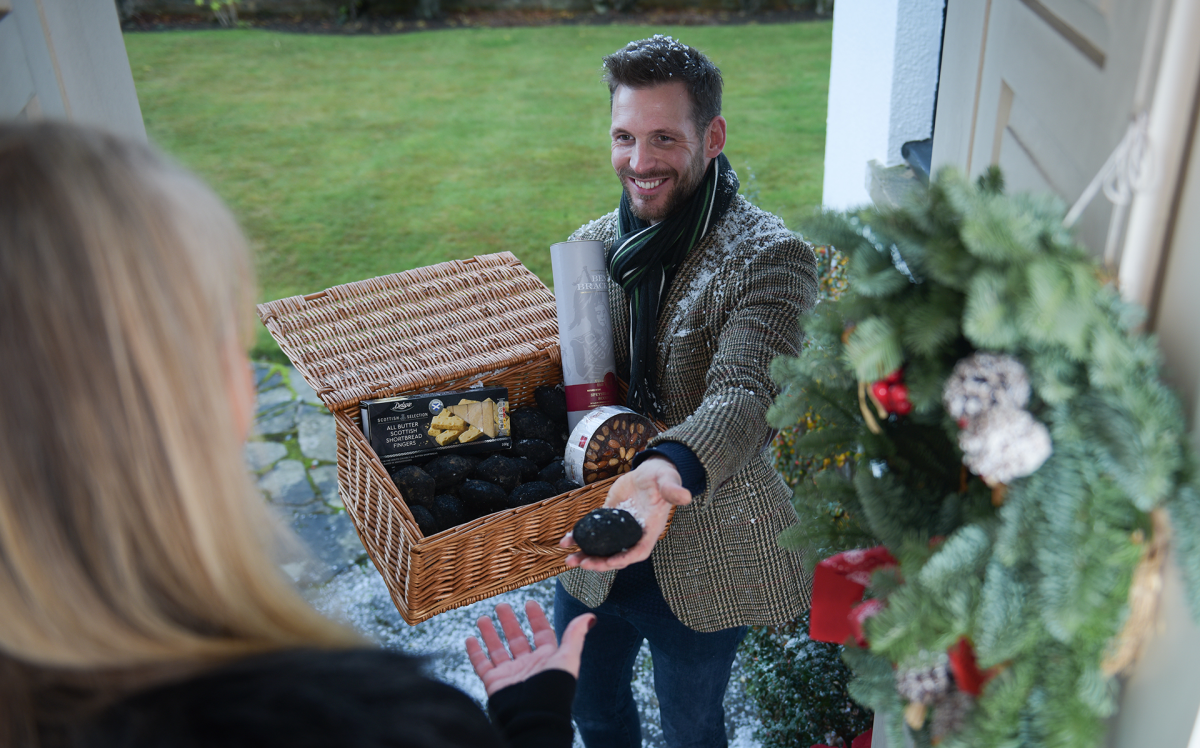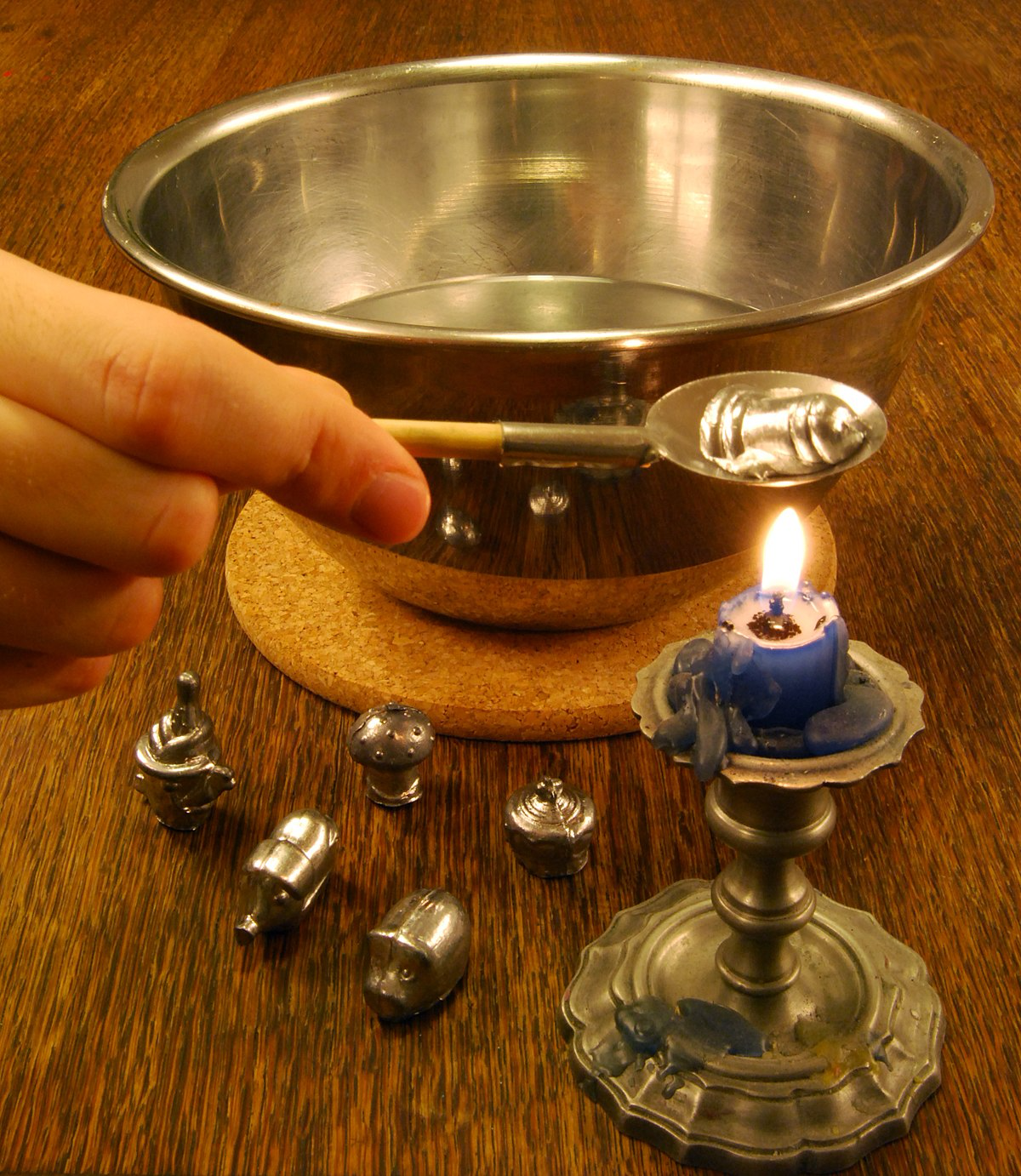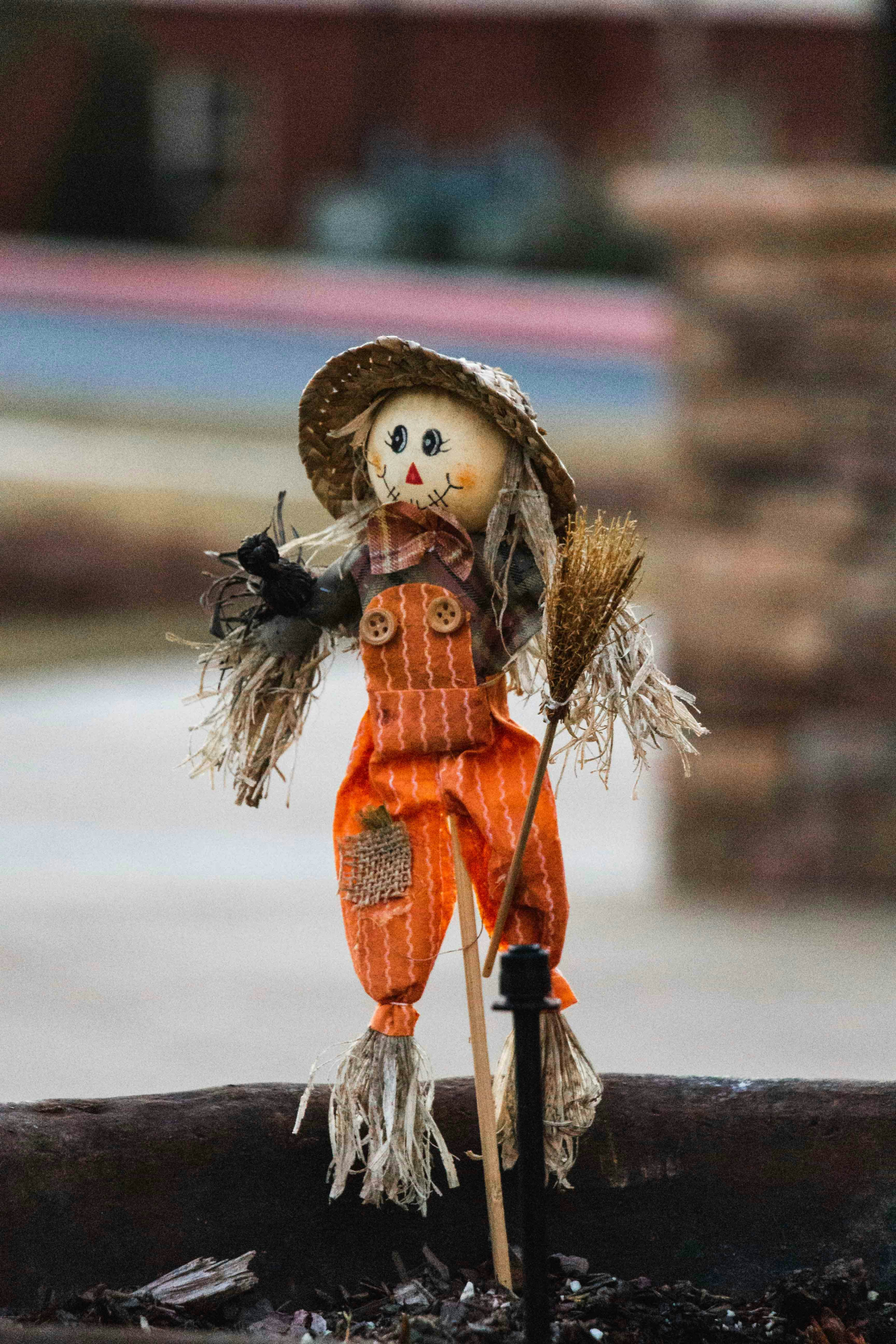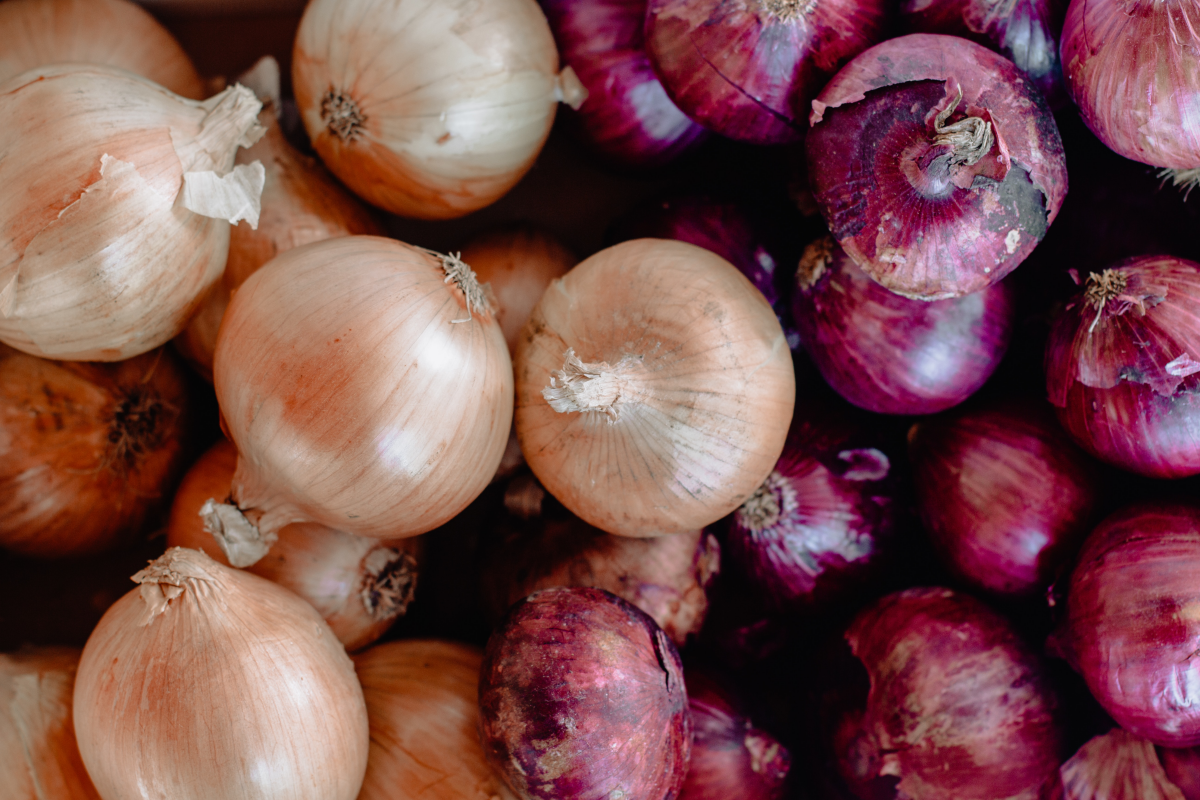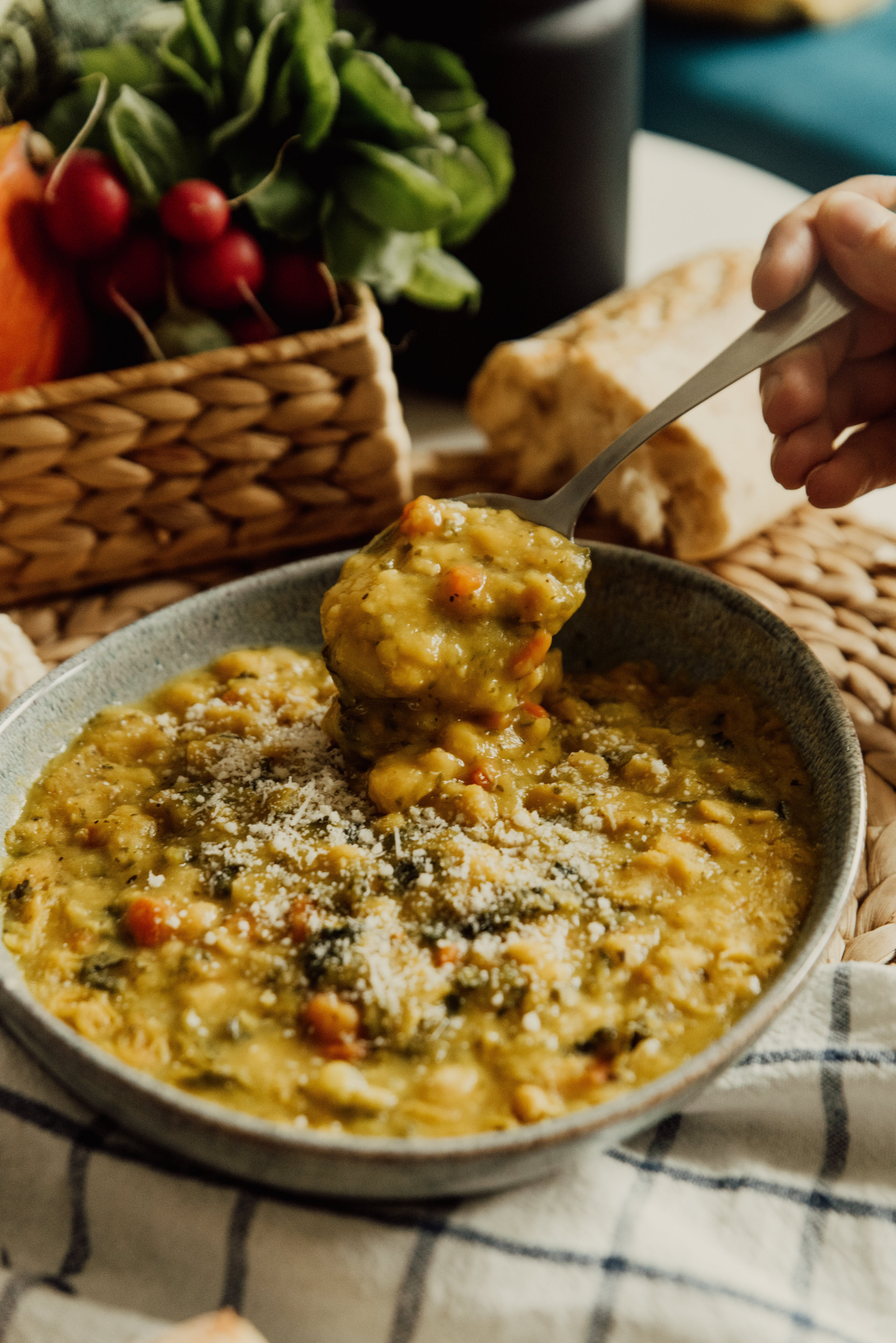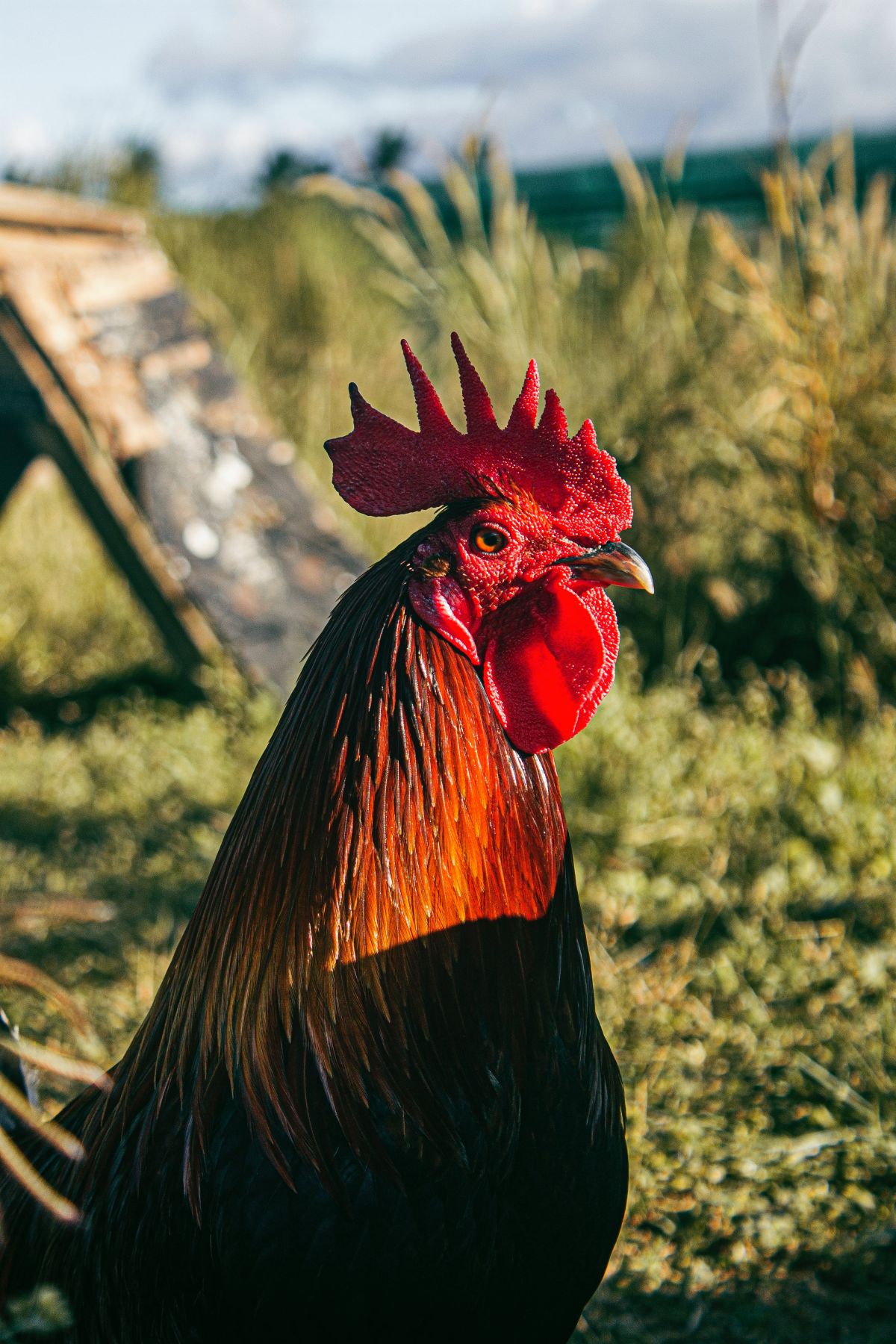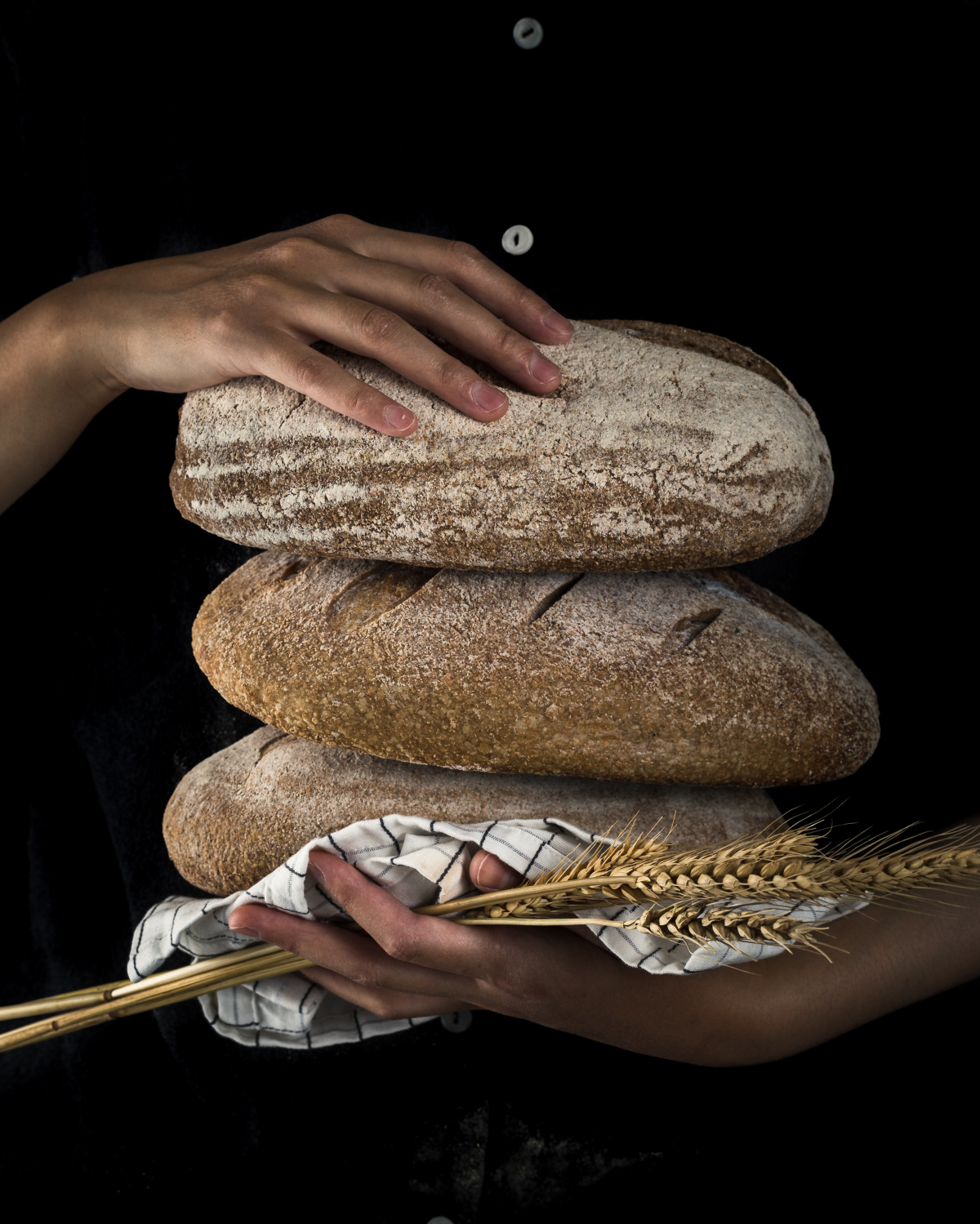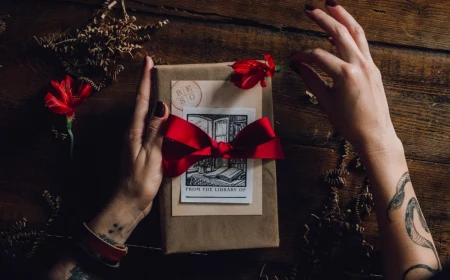15 Fun New Year’s Traditions From Around The World
The New Year is a universal celebration, but not all countdowns are created equal. Across the globe, cultures welcome the new year in ways that are as diverse and vibrant as they are. While some traditions are steeped in centuries of history, others are just plain fun. It’s fascinating how different cultures find unique and often humorous ways to ring in the New Year. From smashing plates to wearing colorful underwear. These traditions not only set the tone for the year ahead but also reflect the rich tapestry of global customs. So, let’s embark on a light-hearted journey around the world to explore some of the most amusing and cheerful New Year’s traditions.
Cultures welcome the new year in ways that are as diverse and vibrant as they are
In this article
- New Year’s Traditions From Around The World
- Spain: Eating grapes
- Denmark: Plate smashing
- Brazil: Colorful underwear
- Philippines: Round everything
- Scotland: First footing
- Italy: Red underwear
- Finland: Molybdomancy
- Ecuador: Burning scarecrows
- Greece: Onion hangings
- Japan: Laughing into the New Year
- Chile: Eating lentils
- Belarus: Matchmaking games
- South Africa: Furniture throwing
- Puerto Rico: Bucket of water
- Ireland: Bread banging
- Related Articles
New Year’s Traditions From Around The World
When the clock strikes midnight on December 31st, the world erupts into a myriad of celebrations, each with its cultural twist. The New Year is a universal symbol of renewal and hope. It is welcomed with an array of traditions as diverse as the countries themselves. From the colorful streets of Brazil to the snowy landscapes of Finland, each custom reflects its people’s unique spirit and history. These traditions range from quirky to profound, blending superstition, humor, and joy. They’re not just about marking the passage of time, but about bringing communities together in a shared experience of joy and anticipation. Whether it’s through feasting, singing, or even a bit of friendly mischief, these global New Year’s traditions are a reminder of the world’s rich cultural tapestry. They show that while we all celebrate the same occasion, how we choose to do so can be wonderfully unique and amusing.
The New Year is a universal symbol of renewal and hope
Spain: Eating grapes
In Spain, the arrival of the New Year is uniquely celebrated with a culinary challenge: eating twelve grapes at the stroke of midnight. Each grape, consumed with each bell chime, symbolizes hope and good luck for the months ahead. This tradition, deeply ingrained in Spanish culture, turns a simple fruit into a token of fortune. Families gather around, grapes in hand, ready to partake in this delightful race against time. It’s more than just a fun activity. It’s a shared moment of anticipation and joy, uniting people in the hope of a prosperous year ahead. The sweetness of the grapes is believed to bring sweetness to each month of the New Year, making this tradition a deliciously auspicious start to the year.
Each grape symbolizes hope and good luck for the months ahead
Denmark: Plate smashing
In Denmark, New Year’s Eve is marked with a unique, albeit noisy, tradition: smashing plates against the doors of loved ones. This custom, far from being an act of vandalism, is a gesture of affection and good wishes. The broken plates are seen as symbols of friendship and camaraderie, believed to bring luck to both the thrower and the receiver. It’s a tradition that perfectly encapsulates the Danish spirit of hygge, blending warmth with a touch of playful mischief. As the old plates shatter, so do the year’s troubles, making way for a fresh start. The more plates you find on your doorstep, the more luck and friendship you’ll have in the coming year.
Plate smashing is one of the coolest New Year’s traditions
Brazil: Colorful underwear
In Brazil, the New Year is welcomed with a vibrant and colorful tradition: wearing brightly colored underwear. Each color carries a specific meaning – yellow for wealth and prosperity, red for love and romance, and white for peace and harmony. This tradition is not just a fashion statement but a personal wish for the year ahead. It’s a fun, intimate way to express hopes and dreams for the New Year. In the lively streets of Brazil, where New Year’s celebrations are nothing short of spectacular, this tradition adds an extra layer of excitement and personalization to the festivities.
The New Year is welcomed with a vibrant and colorful tradition
Philippines: Round everything
The Philippines greets the New Year with a circular motif, celebrating all things round. This tradition, deeply rooted in Filipino culture, stems from the belief that circles represent prosperity and wealth. On New Year’s Eve, homes are adorned with round fruits, and people often wear clothing with circular patterns. The round shapes are thought to bring a continuous flow of fortune. They are a symbolic way to roll in the New Year. Families gather to enjoy a feast that includes a variety of round fruits, each bite is a hopeful nod to a prosperous future. It’s a tradition that’s as visually appealing as it is meaningful, bringing a sense of unity and abundance to the celebration.
On New Year’s Eve, homes are adorned with round fruits
Scotland: First footing
In Scotland, the practice of first-footing is an integral part of New Year’s celebrations. It holds that the first person to enter a home after midnight will bring good or bad luck for the upcoming year. Ideally, the first footer should be a tall, dark, and handsome man. He is expected to bring gifts like whiskey, coal, shortbread, or a black bun. These gifts symbolize different things: whiskey for good cheer, coal for warmth, shortbread for sustenance, and a black bun for sustenance. This tradition is deeply embedded in Scottish culture, symbolizing hospitality and good wishes. It’s a charming practice that emphasizes the importance of friendship and community, setting a positive and welcoming tone for the New Year.
The practice of first-footing is an integral part of Scottish New Year’s celebrations
Italy: Red underwear
In Italy, the tradition of wearing red underwear on New Year’s Eve is embraced with a sense of fun and romance. The color red, symbolizing luck and love, is thought to ward off evil spirits and bring good fortune, especially in matters of the heart. This tradition is taken quite seriously, with many Italians making sure to wear a new pair of red undergarments on this special night. It’s a playful and intimate way to start the New Year, combining tradition with a hope for happiness and love. Across Italy, from the bustling streets of Rome to the serene countryside, this tradition adds a personal, joyous touch to the New Year’s festivities.
The color red symbolizes luck and love
Finland: Molybdomancy
The Finns have a unique and intriguing way to usher in the New Year. Molybdomancy is the art of casting molten tin. On New Year’s Eve, small pieces of tin are melted and then quickly poured into cold water. The resulting shapes are interpreted to predict the future. This tradition, blending magic with mystery, is a fun and engaging way to speculate about what the New Year might hold. Families gather around, eagerly awaiting their turn to pour the tin and interpret the shapes. It’s a tradition that’s as much about the excitement of guessing the future as it is about spending time with loved ones.
The Finns have a unique and intriguing way to usher in the New Year
Ecuador: Burning scarecrows
In Ecuador, New Year’s Eve is marked by the burning of ‘años viejos’ – effigies representing the old year. These scarecrows, often made from old clothes and filled with newspapers or sawdust, are set ablaze at midnight. The tradition symbolizes the burning away of the previous year’s bad experiences and the welcoming of new, positive ones. Families and communities come together to create these effigies, often depicting famous characters or events from the past year. It’s a fiery, cathartic ritual that brings closure to the old year and ignites hope for the new one.
This is one of the most interesting New Year’s traditions
Greece: Onion hangings
In Greece, an onion is traditionally hung on the front door on New Year’s Eve as a symbol of rebirth and growth. The onion, with its layers, is believed to represent the layers of life, and hanging it is thought to bring growth and regeneration in the New Year. On New Year’s Day, parents traditionally tap their children on the head with the onion to wake them up, symbolizing the start of a new beginning. This tradition is deeply rooted in Greek culture, blending symbolism with a touch of whimsy. It’s a simple yet poignant way to mark the New Year, infusing it with hope and the promise of new beginnings.
The onion represents the layers of life
Japan: Laughing into the New Year
In Japan, welcoming the New Year with a laugh is a cherished tradition. As the clock strikes midnight, families and friends join together in a collective laugh. This is believed to bring good luck and happiness for the year ahead. This practice, known as waraizome, is a joyful expression of hope and positivity. It sets a lighthearted, optimistic tone for the New Year, emphasizing the importance of joy and laughter in everyday life. In a culture that values harmony and community, this tradition is a perfect embodiment of the Japanese spirit. They are ringing in the New Year with a shared moment of happiness and togetherness.
This is one of the cutest New Year’s traditions
Chile: Eating lentils
In Chile, as the New Year commences, lentils are the star of the culinary show. Believed to bring good fortune and prosperity, Chileans eat a spoonful of cooked lentils at midnight. The lentils symbolize coins, representing a year filled with wealth and success. This tradition is more than a dietary choice. It’s an act imbued with hope and expectation. Families gather around festive tables, sharing this simple yet significant dish, turning a humble legume into a symbol of abundant blessings for the coming year.
Chileans eat a spoonful of cooked lentils at midnight
Belarus: Matchmaking games
In Belarus, New Year’s traditions often involve playful matchmaking games, especially for young women. One popular game involves placing piles of corn in front of each woman. A rooster is then let loose to determine their romantic fate for the year, based on whose corn pile he chooses first. This lighthearted tradition is steeped in folklore and adds an element of fun and anticipation to New Year’s festivities. It reflects the cultural importance of love and marriage, blending tradition with a dash of whimsy.
This lighthearted tradition is steeped in folklore
South Africa: Furniture throwing
In parts of South Africa, particularly in the Hillbrow neighborhood of Johannesburg, it’s become a tradition to throw old furniture out of windows to mark the New Year. This unusual practice symbolizes discarding the old to make way for the new. While certainly dramatic, it’s a potent representation of renewal and fresh starts. It’s about letting go of the past. Both literally and figuratively. As well as embracing the future with open arms and cleared space.
This is one of the kookiest New Year’s traditions
Puerto Rico: Bucket of water
In Puerto Rico, a common New Year’s tradition involves throwing a bucket of water out the window or cleaning homes thoroughly. This practice symbolizes cleansing the bad omens of the past year and starting fresh. It’s a ritual purification, sweeping away any misfortune or negative energy to make room for new, positive experiences. Families participate in this tradition with a sense of renewal, revitalizing their homes and spirits for the New Year.
This New Year’s tradition involves throwing a bucket of water out the window
Ireland: Bread banging
In Ireland, banging bread against the walls of the house is a traditional New Year’s activity. This practice is believed to chase away evil spirits and ensure a bountiful year ahead, particularly in terms of food. The sound of bread thumping against the walls is a unique Irish way of marking the New Year, infusing an everyday object with cultural and spiritual significance. It’s a blend of superstition and tradition, a ritual that adds a distinct Irish flavor to the New Year’s celebrations.
This practice is believed to chase away evil spirits
From eating grapes to burning effigies, these traditions reflect the diverse ways cultures around the world welcome the New Year. They remind us that while the transition from one year to the next is universal, the way we celebrate it is wonderfully varied. These traditions, whether they bring laughter, luck, or a little bit of both, are a testament to the spirit of hope and happiness that defines the New Year. So, as we prepare to bid adieu to the old and welcome the new, let’s take a leaf from these global customs and add a bit of fun and flair to our own celebrations. After all, a new year is a fresh start, and what better way to begin it than with joy and a bit of humor?
These are some fun New Year’s traditions from around the world






